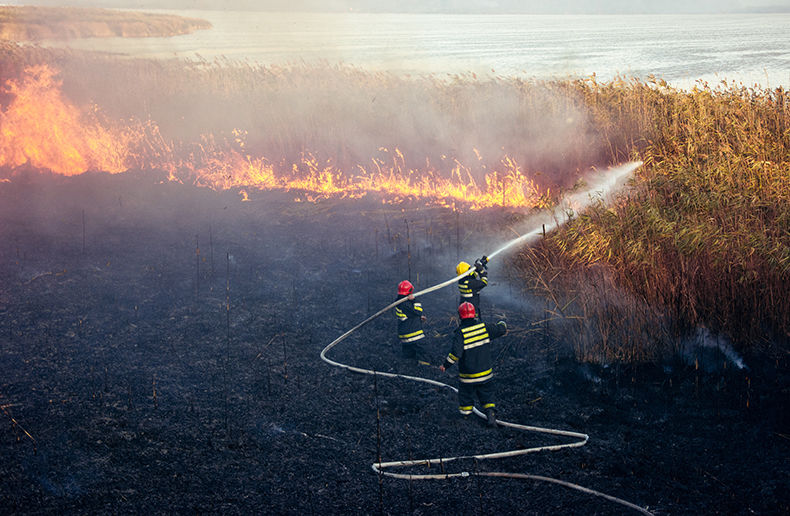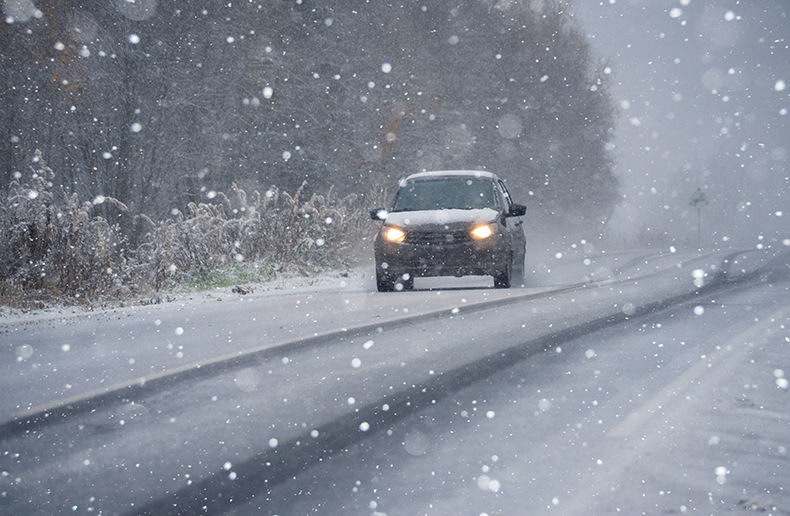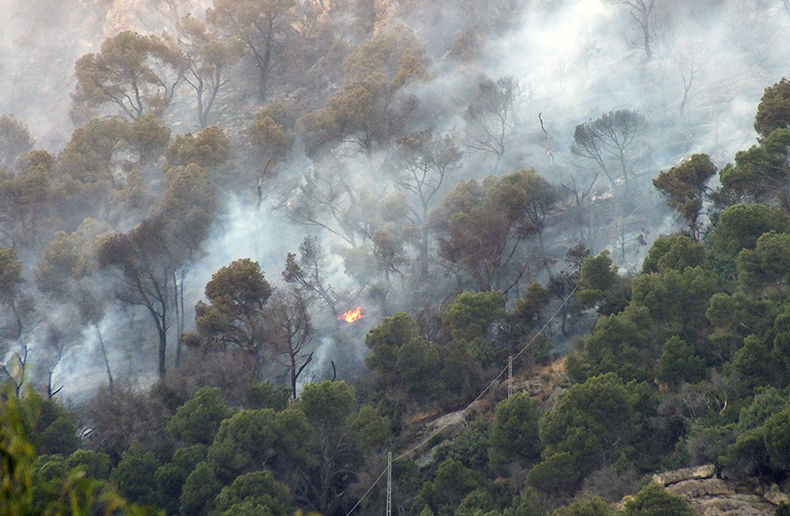Climate change hit Canada from coast to coast in 2021, with the latest statistics indicating insured damages for severe weather events now top $2.1 billion, according to Catastrophe Indices and Quantification Inc.
The November floods in British Columbia caused $515 million in damages, closely followed by the Calgary hailstorm in July with $500 million in damages and the Eastern Canada windstorm in December with $152 million in damages.
Between 1983-2008 the amount of insured damages hovered around the $400 million a year mark, but has now gone up by a factor of five.
“Two billion dollars is now the new normal,” said Robin Edger, National Director, Climate Change with the Insurance Bureau of Canada (IBC).
Edger said that while insurance rates for home and business owners are due to a number of factors, many consumers find overland flood insurance too costly to buy, and to the degree that climate change makes that situation even worse, it is an issue that will affect some people directly.
The insurers themselves are well capitalized for these kinds of events and buy re-insurance in case of major disasters. Still, said Edger, higher payouts can affect insurers’ business models and profitability, noting that Munich Reinsurance Company’s global losses last year from natural disasters alone hit $355 billion. Many property and casualty insurers have now invested in better modelling, proprietary flood mapping and technology to deal with the changes that are taking place in the climate.
Government has been helping out with Ottawa working on a national climate adaptation strategy, which is expected to be complete this year, and a flood program, which is expected to be done by the spring, said Edger. In the last election, he said, there was a more robust climate adaptation program put together than people had ever seen before. The major problem with this has meant adding more to government books and passing it on to taxpayers.
He said that while the insured payout in the B.C. flooding was $515 million, the government’s part was many times that because the damage was felt in crucial rural and agricultural areas. “Right now there’s an insurance gap. Obviously there’s some work to do to close that gap.”
It is also up to the average person to realize what climate change can do and how they can make their homes more resilient.
“Climate change is real, and the fatalities, emotional turmoil, and financial consequences we’ve recently witnessed must be a call to action – we must adapt now,” Craig Stewart, Vice-President, Federal Affairs at the IBC, said in a statement.
“We need funded measures implemented immediately to protect us from the worsening severe weather that is already happening. Canada’s national climate plan will remain incomplete until such measures are identified and implemented.”
Edger said there are a number of actions people can take on their own now to deal with climate change issues that affect their homes and properties.
He suggested, for example, that people install a backflow prevention valve, with a cost of about $300 that can save homeowners tens of thousands of dollars in flood damage down the road. He also said there are different ways to reverse a gradient in their landscaping to prevent rainfall from entering their basements.
















